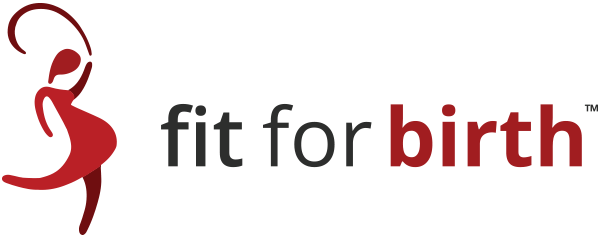Epigenetics helps explain how your experiences and your environment can affect your health and the health of future generations, beyond just your genes. This post breaks down the mechanisms that create epigenetic changes for you and your future baby into 5 simple steps. If you want to go deeper, you can read our more in-depth post here.
So let’s start with what exactly epigenetics is. Epigenetics is the phenomenon explaining how you can change which genes you turn on or off – without changing the actual sequence of DNA code. Instead of changing the actual DNA code, epigenetics modifies the DNA molecules via the chemistry surrounding the DNA.
For example, think of your DNA as the piano keys, and your lifestyle choices (like breathing, exercise, nutrition, lifestyle, and thoughts) as the ones who press which keys. You can’t change the piano keys, but you can change which keys you press, and therefore the kind of music you make!
Epigenetics is the set of instructions for your genes, telling them when to “express” or be active and when to stay silent. These instructions are influenced by factors such as lifestyle, environment, and experiences – making it possible for you to customize your body and your future baby, by making healthful changes now, during pregnancy. It can also be passed down from generation to generation making those changes even more important to the health of your growing family.

Now let’s break down the process of epigenetics into 5 steps
- You exercise, eat, think or otherwise conjure some epigenetic influence. Exercise, for example, causes natural chemical changes in the cells like altering the flow of calcium, changing the ratio of energy molecules, and oxygen levels. Exercise causes many other kinds of changes, but these are three that scientific data is showing to specifically be mechanisms for “epigenetic changes.”
- The chemical changes of exercise (or any other epigenetic influence) cause natural “gene expression” to occur. This is what scientists call the “central dogma”, resulting in DNA triggering RNA messengers which travel to the various locations (like ribosomes) where PROTEINS can be created. Categories of proteins triggered in cells (like muscle cells or fat cells, for example) include ENZYMES and TRANSCRIPTIONAL REGULATORS & FACTORS.
- There is now an environment for epigenetics to reinforce or revise: Enzymes & Regulators/Factors, floating around in the cell, combine to create an environment to trigger what we refer to as EPIGENETIC changes in the DNA. In truth, you are “epigenetically” creating yourself moment by moment at all times, essentially continuing whatever your current epigenetic expression is. For example, a sedentary person is epigenetically reinforcing his or her sedentary chemistry, which is already turning on or off certain genes. On the contrary, the moment that sedentary person starts exercising, the body immediately receives epigenetic instructions to potentially begin turning on and off different genes.
- Genes turn on or off. The chemistry floating around near the DNA revises (or reinforces) which instructions are turned on or off. Two primary studied epigenetic mechanisms include DNA Methylation and Histone Modification. Both are basically chemical alterations in the DNA environment. It is generally considered that methylation (adding a methyl group) can lead to turning genes OFF, whereas demethylation (removing the methyl group) generally turns genes ON. Slightly different, histone modification refers to how loosely or tightly packed the DNA is, making genes more or less susceptible to being turned on and off.
- New gene activity then further influences the subsequent epigenetic chemistry, and the cycle continues. In other words, epigenetic mechanisms, like exercise, then further reinforce or repress additional genetic expression, meaning that it continues to influence which DNA produces which RNA which provides instructions for which PROTEINS.
This happens every second inside your body, all the time, non-stop. “In fact, thousands of transcripts are produced every second in every cell.” Your choices make your cellular environment which subsequently creates the next cellular chemical environment.
Now if you’d like to understand even more about the chemical changes of epigenetics, particularly as they are influenced by exercise, please visit “5 Steps of the Epigenetics of Exercise, for fitness professionals.”
At Fit For Birth, we believe in providing a holistic approach to pre & postnatal wellness education. We go beyond traditional concepts and go deep into areas within exercise, nutrition, mindset, breathing, and lifestyle to give a 360-degree perspective on how to have the healthiest pregnancy, delivery, and recovery possible. If you’re pregnant, check out our Prenatal Wellness Course to learn more. If you are a wellness professional, check out our Holistic Fertility & Pregnancy Safe Program.
References
(n.d.) Gene Expression. Scitable by Nature Education. Retrieved 2/6/23 from www.nature.com/scitable/topicpage/gene-expression-14121669/
